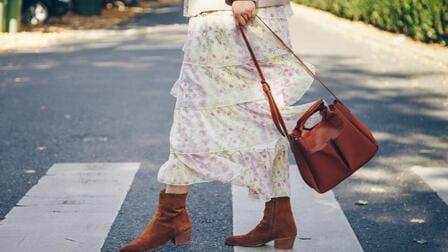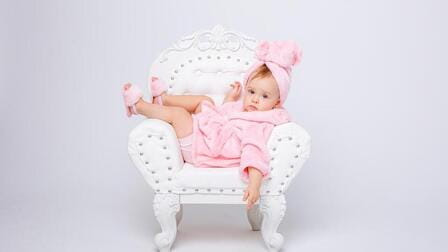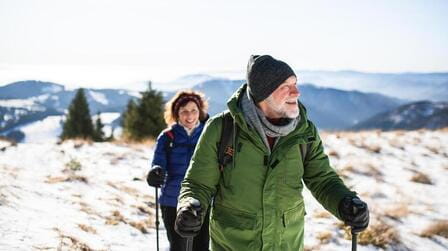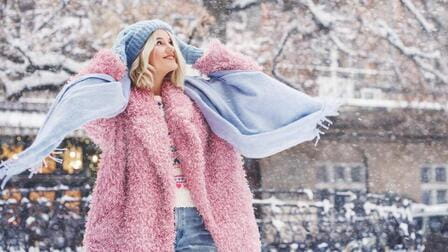Dressing baby girls for the winter months can seem daunting, but with some planning and preparation it doesn't have to be. The key is focusing on layers, materials, and practicality. Here are some tips for keeping your baby girl warm and comfortable through the cold weather.
Choose the Right Materials
Look for natural fibers like wool and cotton that provide insulation without overheating. Synthetic fabrics don't breathe as well. For the inner layer, look for cotton sleepers or footed pants. For the middle layer, go with wool sweaters, cardigans or fleece. The outer layer should be water-resistant but breathable.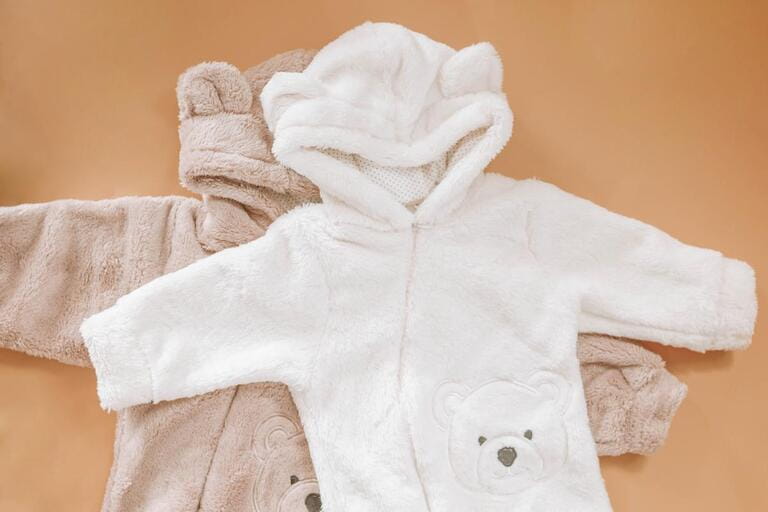
Focus on Layers
Layering clothes will allow you to adjust your baby's warmth. Start with fitted long underwear against the skin. Then add a warmer middle layer like a sweater, pants, or dress. Top it off with an insulated jacket or snowsuit for outdoor play. Having multiple lightweight layers is better than one thick layer.
Cover the Extremities
Much of a baby's heat is lost through their head, hands and feet. Use hats, mittens, and socks to protect these areas. Look for waterproof booties as well for playing in the snow. You can even put socks on hands under mittens for extra warmth.
Use the Right Winter Gear
Invest in a warm winter coat, versatile snowsuit, or bunting bag for the colder temperatures. These should repel wind and moisture. For colder climates, look for extras like hoods, neck warmers, or stroller blankets. Using blankets and footmuffs in strollers adds another layer.
Choose Sleepwear Carefully
Use footed pajamas made from insulating materials like fleece or flannel. Look for cuffs at wrists and ankles to keep heat in. Add another layer such as a wearable blanket for really cold nights. Set the temperature in baby's room accordingly.
Dress in Layers for Comfort
Babies can get fussy and uncomfortable easily. Dressing in layers allows you to modify baby's temperature quickly. Start with only a single layer indoors and add as needed when going outside. You can even bring extra layers for adding on when running errands.
Check the Fit
A too tight fit restricts movement and blood flow. But too loose can allow heat to escape. Look for stretchy fabrics. Make sure sleeves and pants are long enough to cover wrists and ankles. You want room for a diaper under the layers but a close enough fit to trap heat.
Use Accessories
Hats, mittens, scarves and socks should always be part of winter outfits. Use mittens attached by clips for babies so they don't lose them easily. Neck warmers and ear muffs also protect from wind. Look for extras with fun colors and patterns to complete the look.
Prioritize Comfort
Consider comfort in all clothing choices. Seams and tags should lay flat, waistbands shouldn't pinch. Check for no choking hazards from ties or loose threads. Stitching and embellishments should not irritate delicate skin. The clothes should allow for easy diaper changes.
Plan for Play
If your baby girl will play outside, look for insulated jumpsuits or snowsuits designed for mobility and warmth. Use vests and overalls with layered clothing underneath. Waterproof outer gloves or mittens are also useful. Size up on shoes or boots to allow for thicker socks underneath.
Check the Weather
Pay attention to weather reports so you can gauge how many layers will be needed each day. Colder temperatures, wind, snow, or rain will require extra protection. You may even want to bring an extra jacket or blanket when on the go in uncertain weather.
Dressing baby girls for winter weather doesn't need to be difficult. Use insulating natural fabrics, focus on layering, cover extremities, and utilize proper winter gear. Most importantly, prioritize your baby's comfort and adjust clothing to the conditions. With some thoughtful planning and preparation, your baby girl will stay warm and cozy all winter long!
FAQs about Dressing Baby Girls in Winter
What temperature is too cold for a baby to be outside?
Generally, you'll want to keep baby indoors if the wind chill temperature is below 10°F (-12°C). Use your best judgment based on conditions and your baby's signals.
What material is warmest for baby clothes?
Wool and cotton are best for retaining warmth. Look for at least 60% wool in knits for good insulation. Cotton flannel and fleece also provide warmth without overheating.
Should I put gloves or mittens on a newborn?
Yes, newborns lose heat quickly from their hands. Use mittens which are safer than gloves. Choose mittens with fold-over cuffs.
How many layers does a baby need?
Start with 3-5 layers on top and 2-3 layers on bottom. Adjust up or down depending on your specific climate and the baby's comfort level.
Should I size up on baby clothes for winter?
It's a good idea to size up to allow room for layering underneath. You can also look for footed pants a size larger to fit over diapers more easily.
Conclusion
Dressing baby girls warmly for winter is key to keeping them comfortable and safe. Focus on layering natural fibers, covering extremities, and utilizing winter-specific gear. Adjust clothing based on current weather conditions and activity. Most importantly, use your best judgment based on your baby's signals. With the right preparation, you can both enjoy the winter months ahead!


